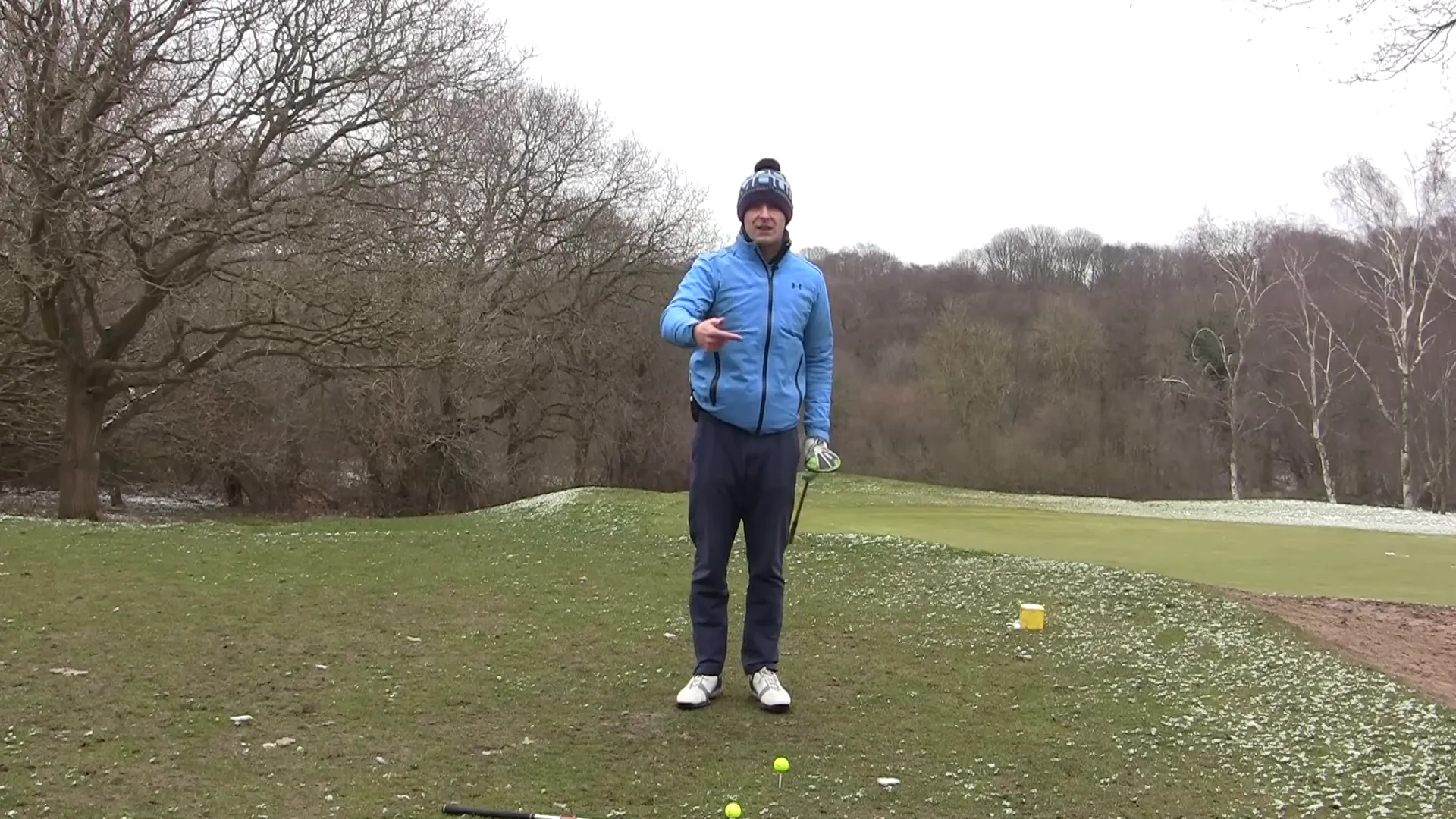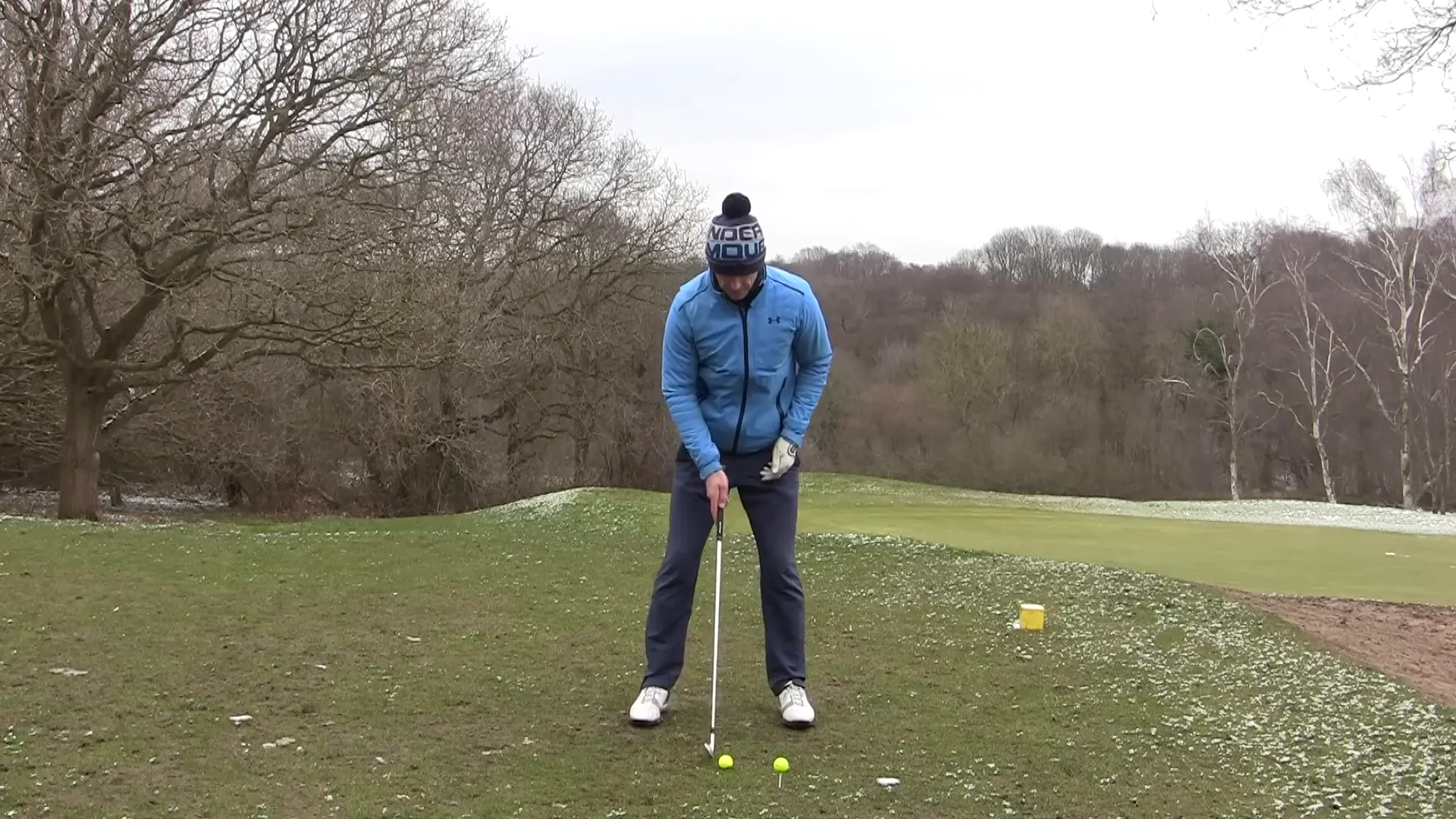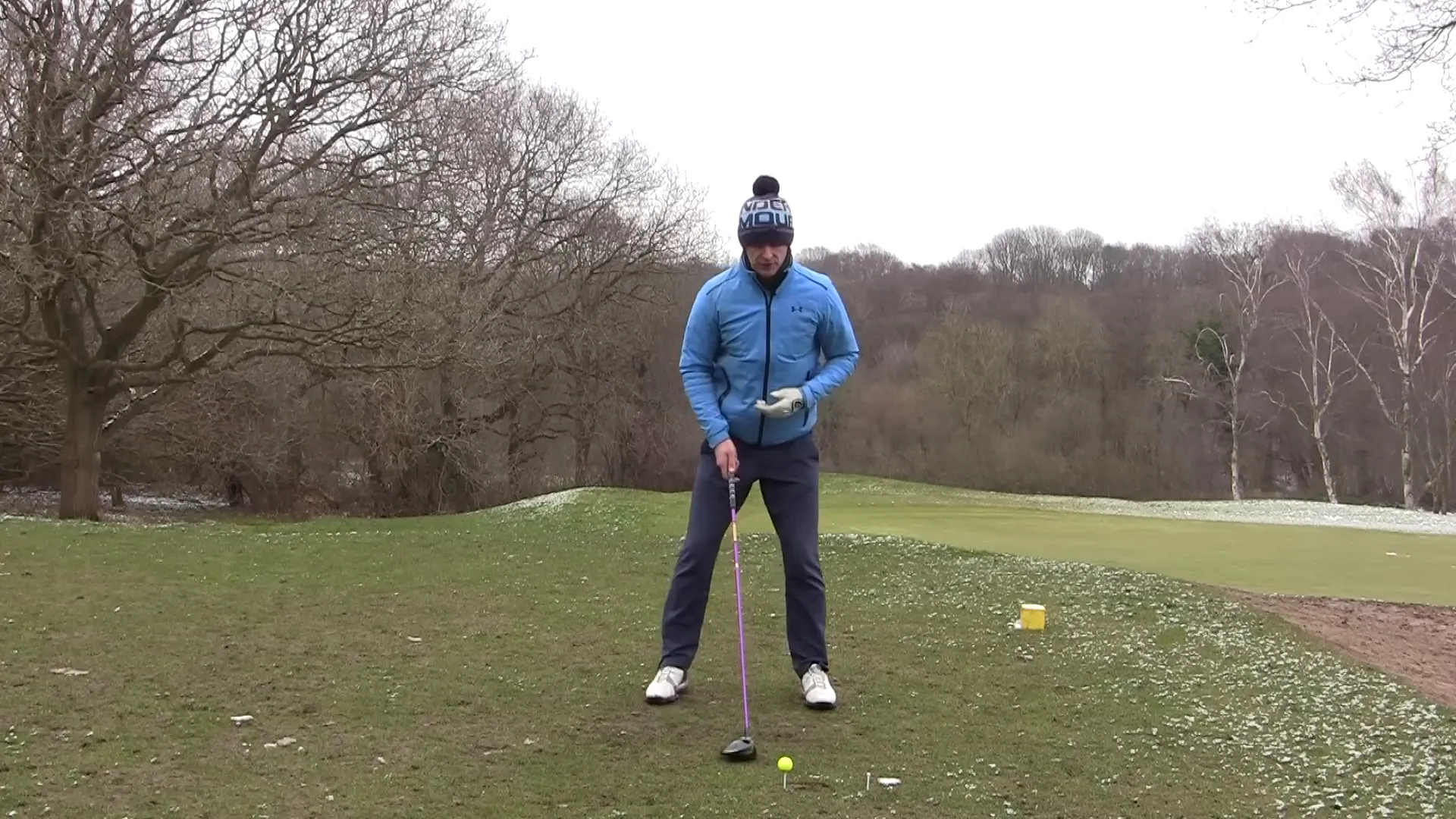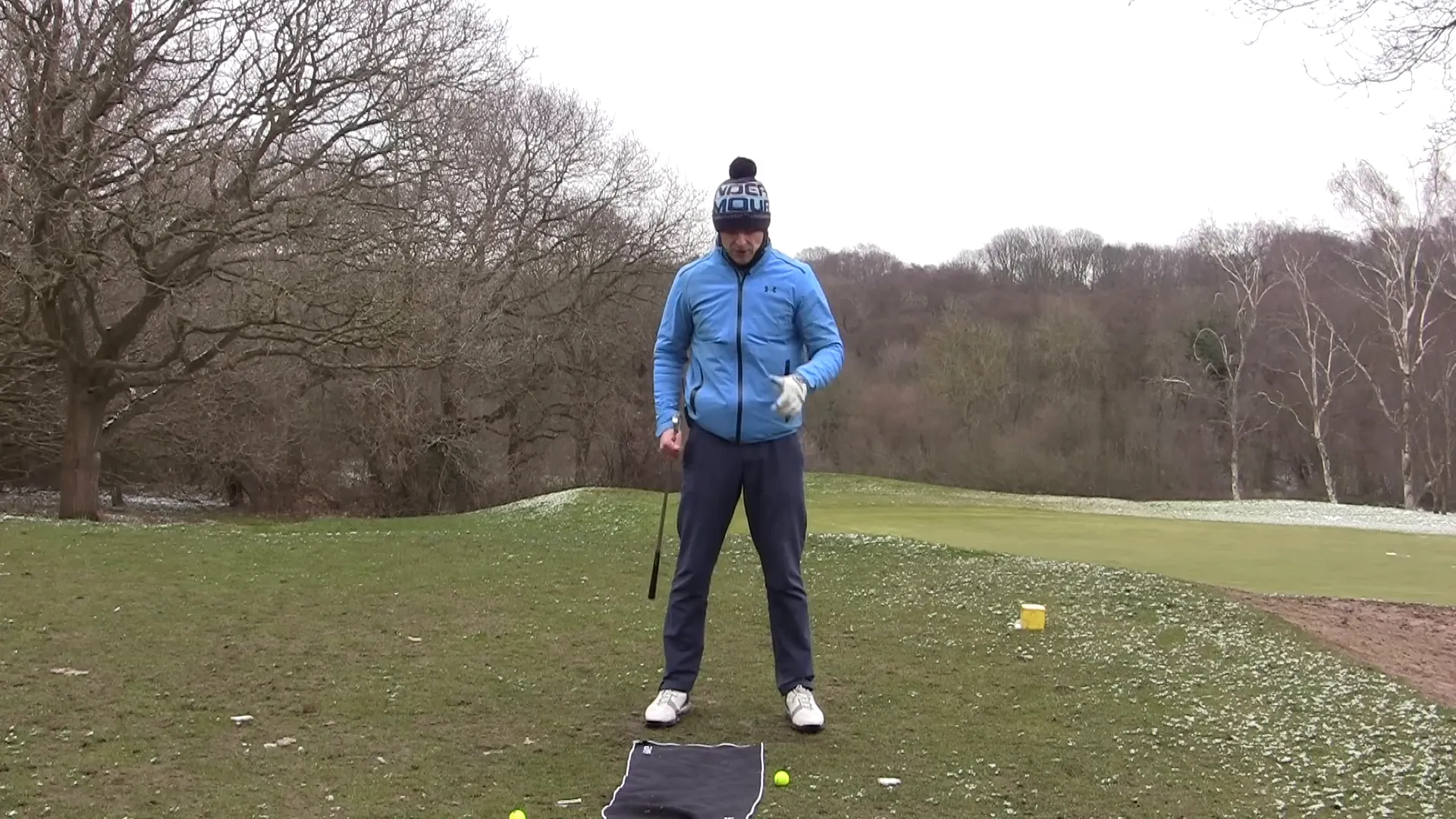Golfers often encounter a common dilemma: excelling with irons while struggling with drivers, or vice versa. Understanding the fundamental differences between these two swings is crucial for improving your game. This blog will explore the key distinctions in setup and technique for both your driver and iron swings, providing you with actionable tips to enhance your performance on the course.
The Setup: Understanding the Differences
The setup for a driver and an iron is markedly different. With a driver, the goal is to achieve an upward strike, while with an iron, a descending blow is required. Let’s break down the specifics of each setup.
Driver Setup
When preparing to hit a driver, the ball is positioned inside your left heel. This forward placement allows you to strike the ball on the upswing. The handle of the club should be positioned just behind the ball, and your head should be slightly behind the handle. This positioning creates a slight tilt in your body, with your right shoulder lower than your left.

A wider stance is recommended for the driver. A wider stance promotes stability and allows for a more aggressive swing. This setup positions your body behind the golf ball, enabling the low point of your swing arc to be behind the ball. This is essential for achieving that upward strike.
Iron Setup
In contrast, the setup for an iron requires the ball to be positioned more centrally in your stance. This placement encourages a downward strike, which is essential for making solid contact with the ball. Your hands should be ahead of the ball, with your sternum positioned directly over it to facilitate a descending blow.

Unlike the driver, your stance for an iron should be narrower. This helps to maintain a balanced posture and allows for better control during the swing. Your shoulders should be slightly more level compared to the driver setup.
Striking the Ball: Key Techniques
Once you have established the correct setup for each club, you need to focus on the swing mechanics to ensure proper contact with the ball. Here’s how to approach the swing for both the driver and the iron.
Driver Swing Mechanics
For the driver, the objective is to hit the ball on the upswing. To practice this, place a tee peg about six to eight inches in front of the ball. As you swing, aim to avoid hitting the tee peg, which will encourage an upward strike. This drill will help reinforce the correct swing path.

Start with small swings to develop the feel for this upward motion. As you become comfortable, gradually increase the length of your swing. This approach will help you avoid the common pitfall of striking down on the ball, which can lead to poor shots.
Iron Swing Mechanics
When it comes to irons, the goal is to strike down on the ball. A great drill to encourage this motion involves placing an old towel behind the ball. During your swing, focus on avoiding the towel as you come down to strike the ball. This drill will provide immediate feedback on your swing path.

As you practice, aim to make your divot after the ball. This ensures that you are making a descending strike. If you find yourself hitting the towel, it’s a sign that you need to adjust your swing mechanics.
Common Mistakes and How to Avoid Them
Understanding the distinctions in swing mechanics is only part of the equation. Many golfers make critical mistakes that hinder their performance. Here are some common pitfalls and how to avoid them.
Driver Mistakes
- Striking Down on the Ball: Many golfers unintentionally try to help the ball into the air by hitting down on it. Remember, the goal is to hit up.
- Narrow Stance: A narrow stance can lead to instability. Ensure your stance is wide enough to support a powerful swing.
Iron Mistakes
- Trying to Get Under the Ball: Many golfers believe they need to lift the ball into the air. Instead, focus on making a downward strike.
- Improper Ball Position: Ensure the ball is positioned correctly in your stance to facilitate the desired strike.
Conclusion: Practice Makes Perfect
Improving your swing with both drivers and irons requires understanding the unique mechanics and setups for each. By focusing on the differences in ball position, stance, and swing path, you can enhance your performance on the golf course. Remember to practice the drills outlined in this blog, and be patient with yourself as you work to implement these changes.
If you found this information helpful, consider sharing it with fellow golfers. For more tips and lessons, subscribe to my channel for weekly updates. Until next time, enjoy your golfing journey!

0 Comments